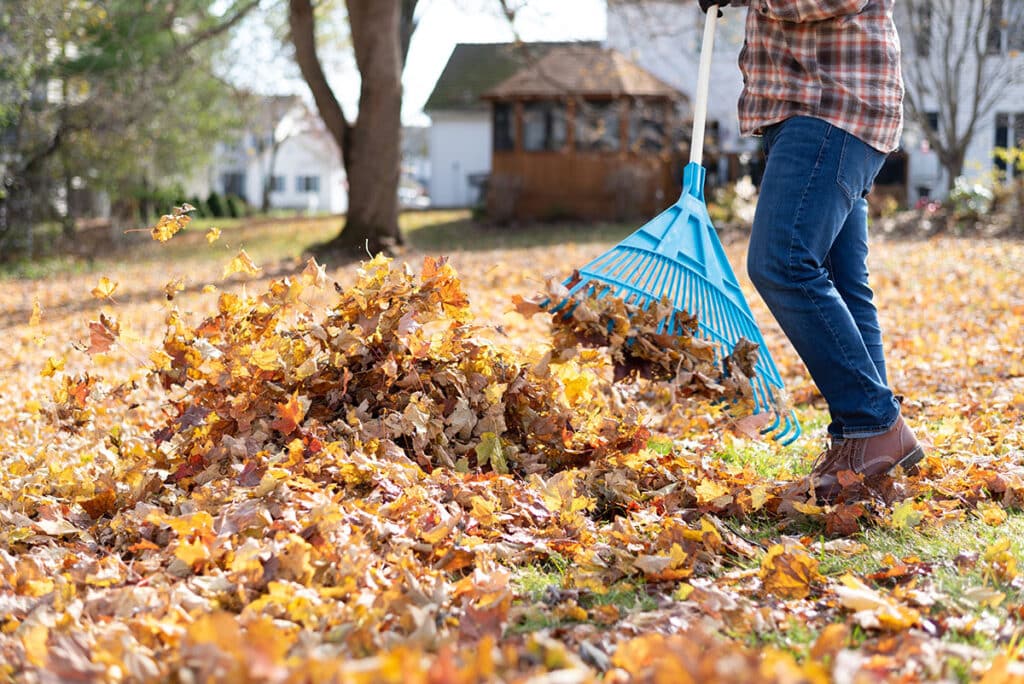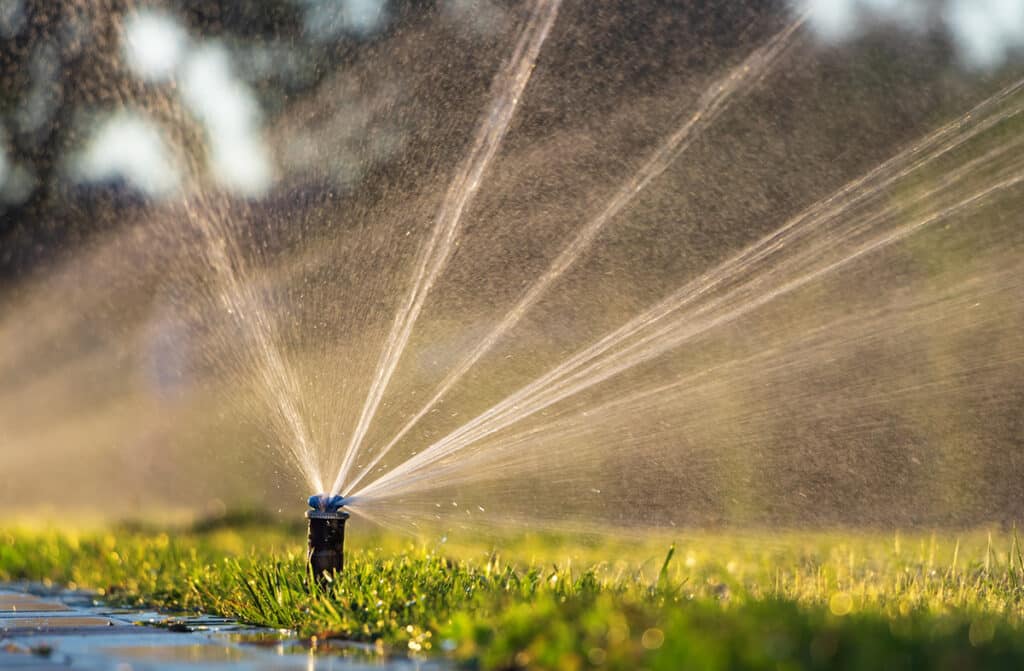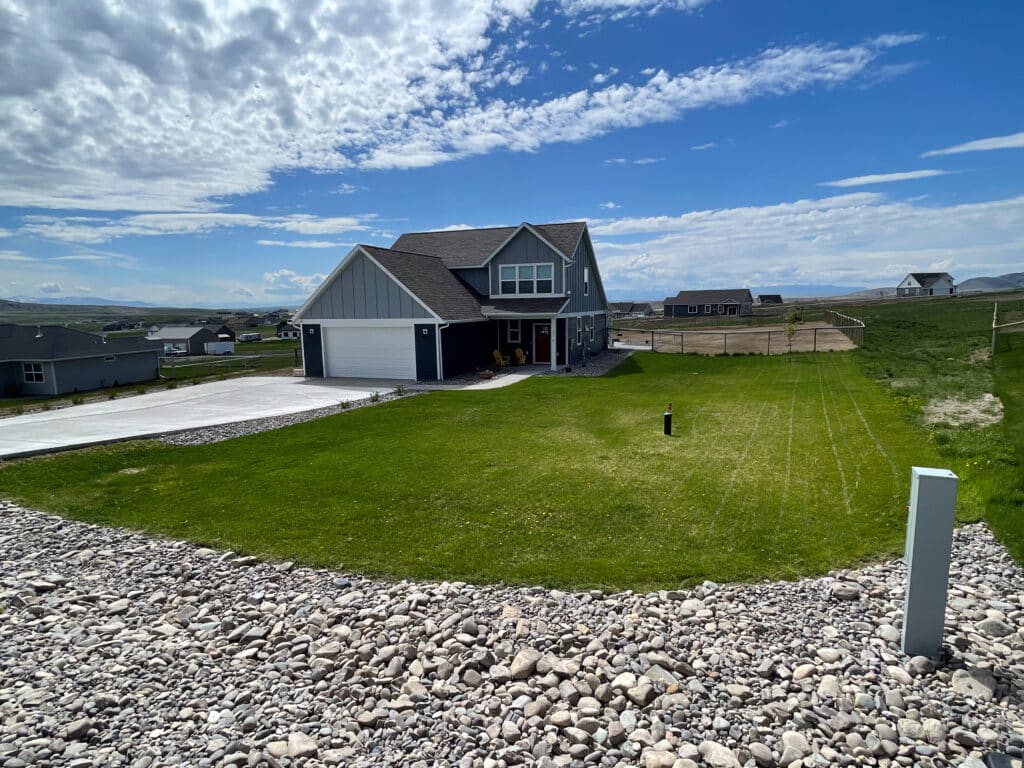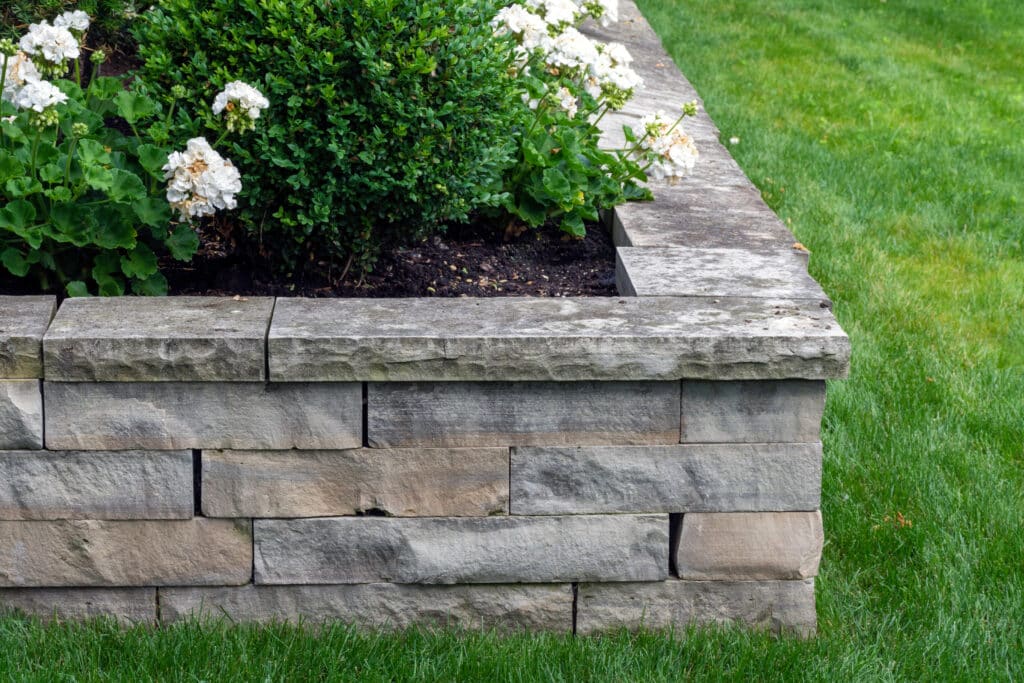Trim plants, insulate delicate ones, and protect the soil with mulch to prepare for winter.
As winter approaches, taking proactive steps to winterize your landscape is essential for maintaining the health of your plants, protecting outdoor structures, and ensuring a smooth transition into the colder months. In this guide, we’ll explore a comprehensive approach to winterizing your landscape, covering key tasks and considerations.
Steps to Winterization
1. Asses Your Landscape
Inspect Plants: Examine your trees, shrubs, and perennials for signs of diseases, pests, or damage. Prune away dead or diseased branches to encourage healthy growth in the spring.
Evaluate Soil: Conduct a soil test to determine its pH and nutrient levels. Amend the soil as needed to create optimal conditions for plant health.
2. Protect Plants from Frost
Mulching: Apply a layer of organic mulch around the base of plants to insulate the soil, regulate temperature, and retain moisture. Mulching helps protect plant roots from freezing temperatures.
Cover Delicate Plants: Use frost blankets or burlap to cover delicate plants during cold snaps. This provides an extra layer of insulation and shields them from harsh winds.

4. Prepare Outdoor Structures
Clean Gutters: Remove debris from gutters to prevent ice dams and water damage to your home. Ensure downspouts direct water away from the foundation.
Trim Trees Near Structures: Prune tree branches that could pose a risk to structures during winter storms. This reduces the chance of damage from falling limbs.
5. Protect Potted Plants
Move Indoors: If possible, bring potted plants indoors to protect them from freezing temperatures. For larger plants that cannot be moved, consider wrapping the pots with insulation or burlap.
6. Winterize Irrigations Systems
Drain Irrigation Lines: Ensure irrigation lines are completely drained to prevent freezing and damage. Disconnect hoses and store them indoors.
Winterize Sprinklers: If you have an automated sprinkler system, follow manufacturer guidelines to winterize it properly.
7. Garden Tool Maintenance
Clean and Oil Tools: Clean soil from garden tools, oil metal parts to prevent rust, and store them in a dry place. Sharp tools make spring gardening tasks easier.
8. Wildlife Considerations
Provide Food and Water: Set up bird feeders and a source of fresh water to support local wildlife during the winter months. This can enhance biodiversity and bring joy to your winter landscape.
9. Snow and Ice Management
Snow Removal Plan: Have a plan for snow removal to keep pathways clear and prevent slips and falls. Use non-salt de-icing agents to protect plants and soil.
10. Indoor Plant Care
Check Houseplants: Inspect indoor plants for pests before bringing them indoors for the winter. Provide adequate light and humidity to ensure their well-being.
Final Thoughts
Winterizing your landscape is an investment in the health and beauty of your outdoor space. By taking these proactive measures, you not only protect your plants and structures but also set the stage for a vibrant and flourishing landscape come spring. Embrace the seasonal transition with confidence, knowing that your thoughtful preparations will yield a resilient and thriving landscape in the months to come.



